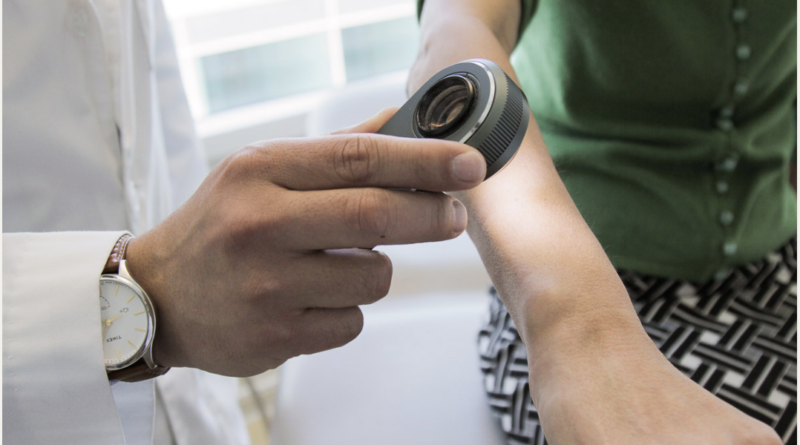New hand-held device capable of identifying skin cancer; here’s what you need to know
This new technology is capable of making skin biopsies unnecessary. In biopsies a doctor cuts out a small lump of tissues to get tested in a laboratory, which can be quite painful. Biopsy is done when a patient is suspected of having serious disease like cancer. However, emerging technology might be able to help patients get detected painlessly. Researchers from Stevens Institute have developed budget friendly handheld device which could quickly detect skin cancer in half the time it takes for a biopsy. Negar Tavassolian, a researcher at the institute says that they are not developing the technology to replace biopsy, instead they are developing additional tools to help the doctors.
To get a detailed report on the future of cancer diagnostics market, click here www.acumenresearchandconsulting.com/cancer-diagnostics-market
Their team is using a device which has millimeter wave imaging for skin of a patient, similar technology is used at airports for security scanning. Cancerous tissues reflect the millimeter wave image differently than healthy tissues; hence it might be possible to detect cancer by observing contrasts in rays which are reflected back by the skin. To make this work practically, the team uses algorithms which fuses the signals that are captured by different antennas into a single ultra high bandwidth image, also reducing the noise and capturing high-res images of tiniest blemish or moles, quickly.
The team used this method on over 70 patients and found that the results were promising and the technology can distinguish malignant and benign lesions, precisely. The cancer tissue identification stood at 98% specificity and 97% sensitivity.
There are other imaging technologies which are capable of detecting skin cancers but they are highly expensive, big in size and are not easily available at clinics. This new technology devices are small, low in cost, and quite easy to use according to the researchers. This technology could one day be implemented more widely and can detect skin cancer within seconds as per the team.
The millimeter wave rays can penetrate 2mm into the skin, without causing any harm, and can provide 3D map of the scanned lesion. The technology will keep developing further to provide much more seamless and precise results within a shorter time. These new devices can cost a mere $100 per unit which is much less than a large device with a similar function. These devices may enter the market within 2 years.
Doctor Tavassolian further states that the team will keep working to bring the cost down, make the devices easier to use and make them available commercially.


